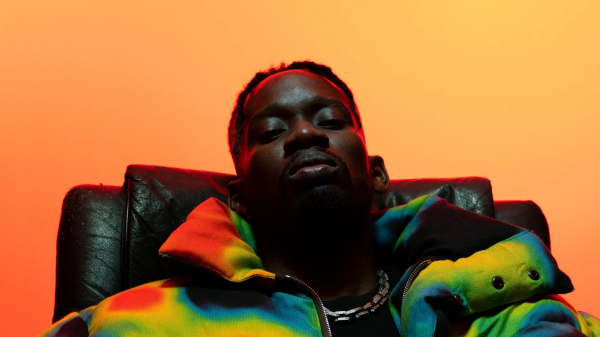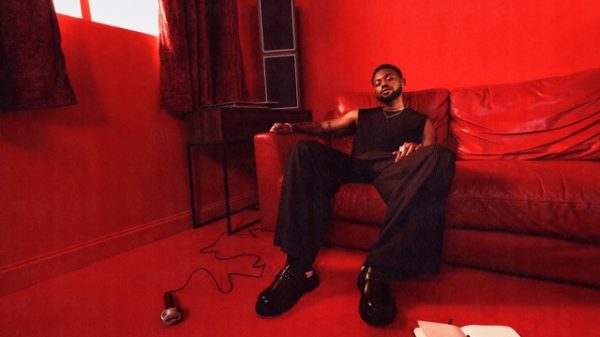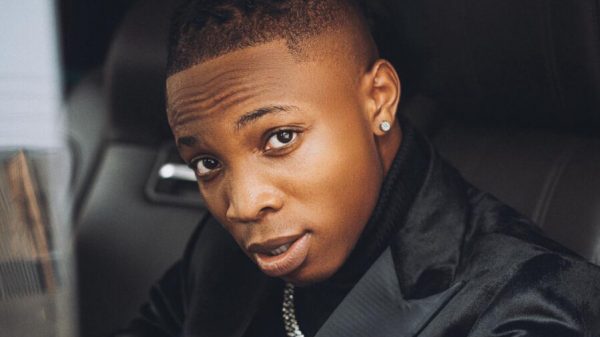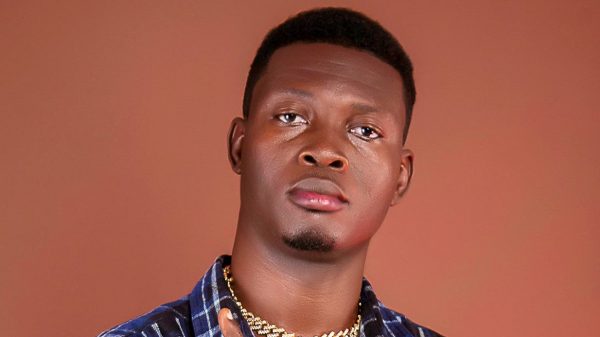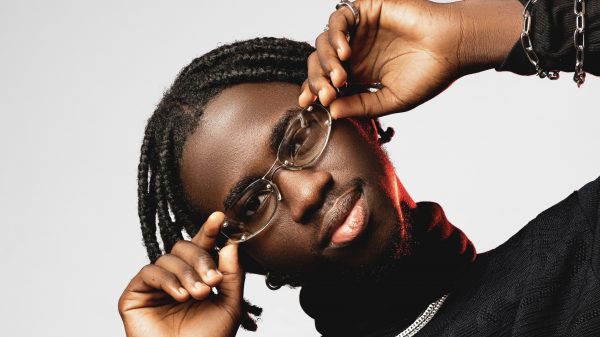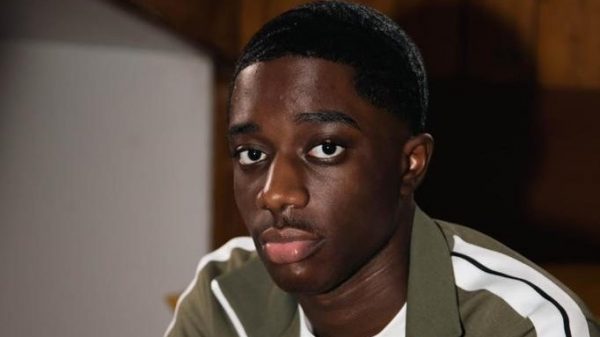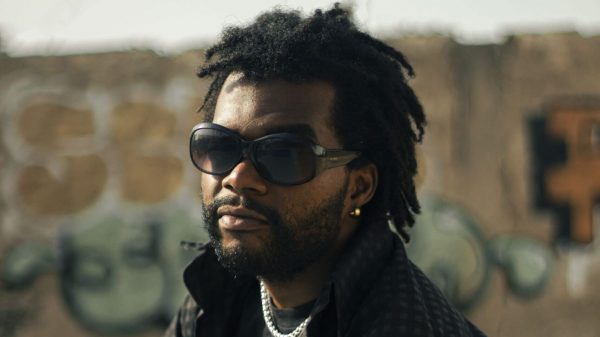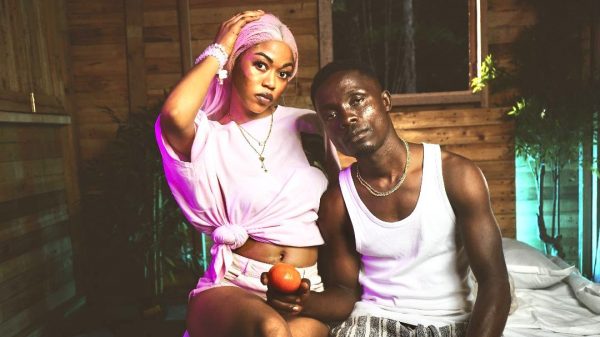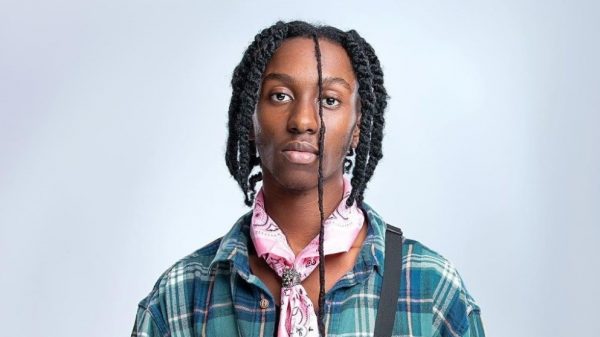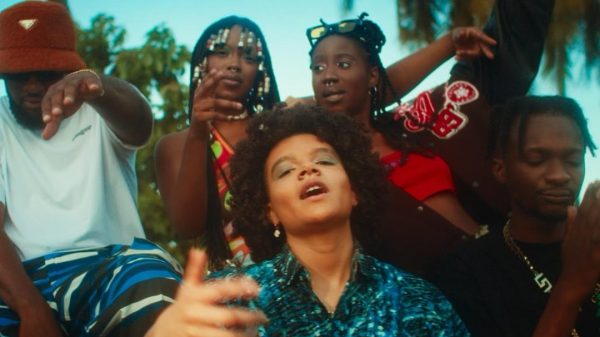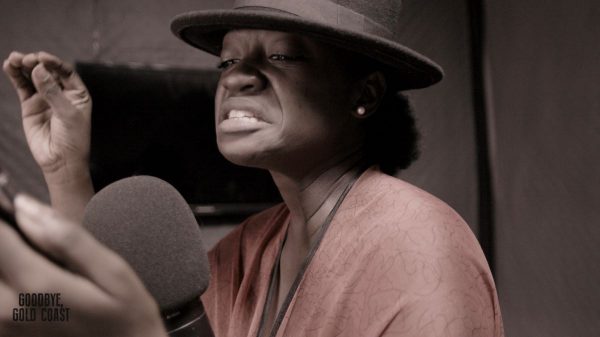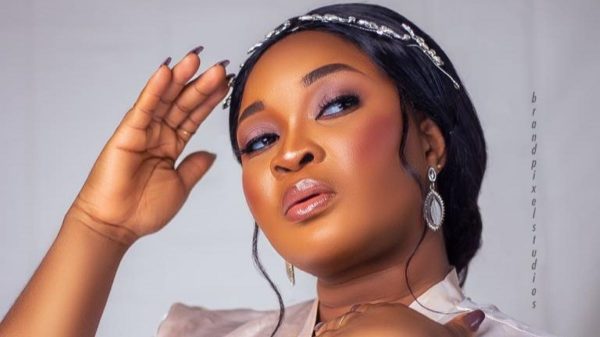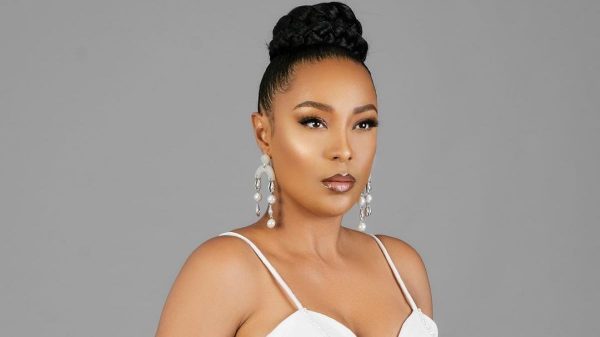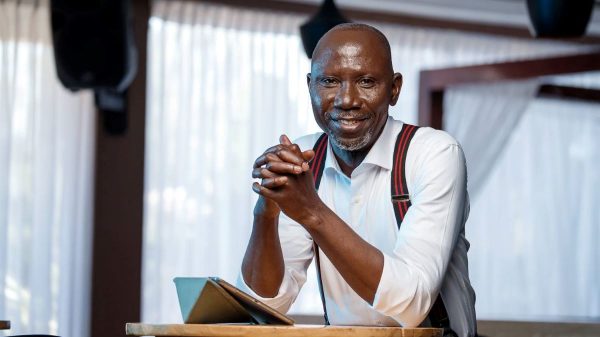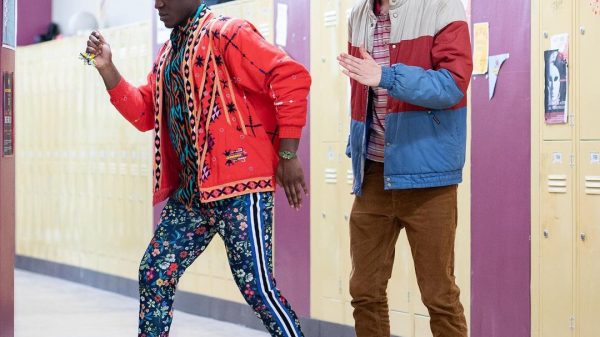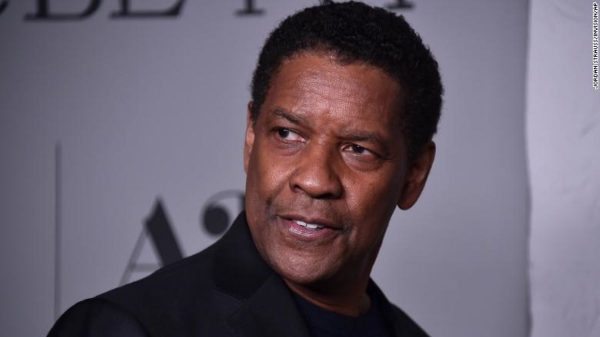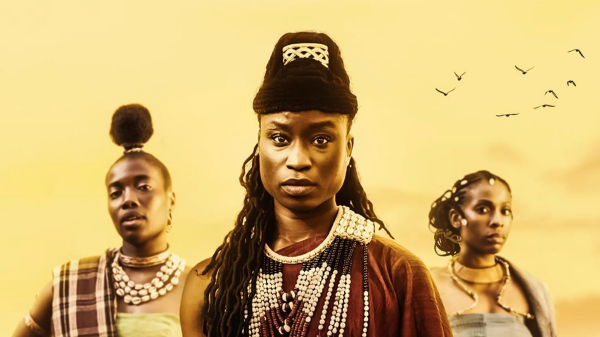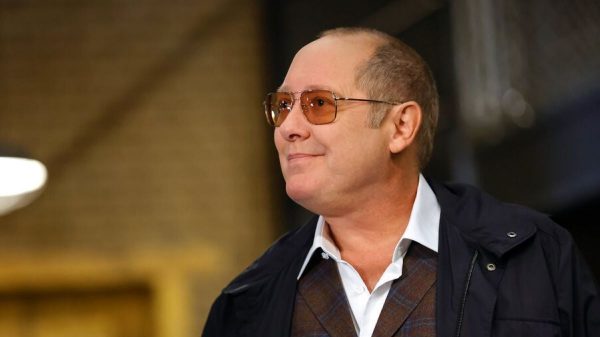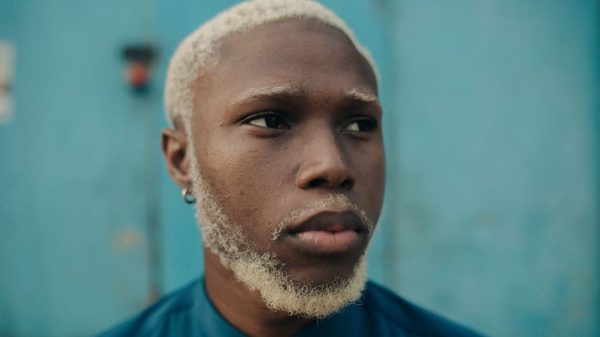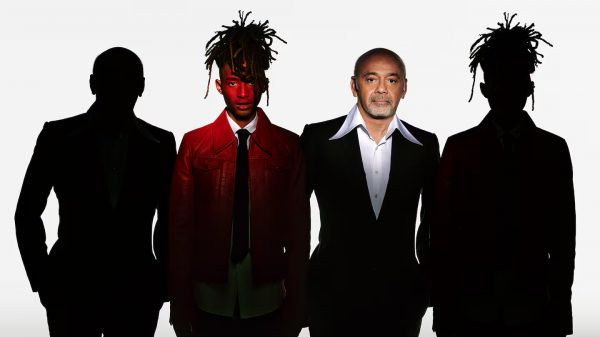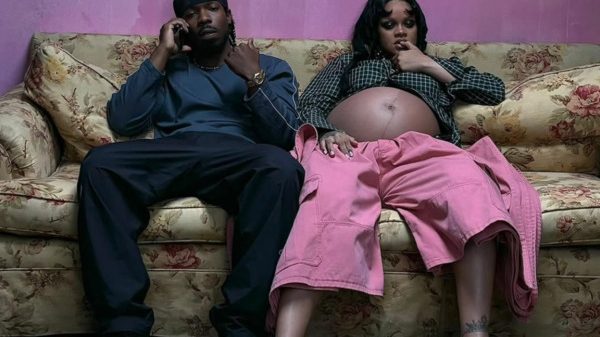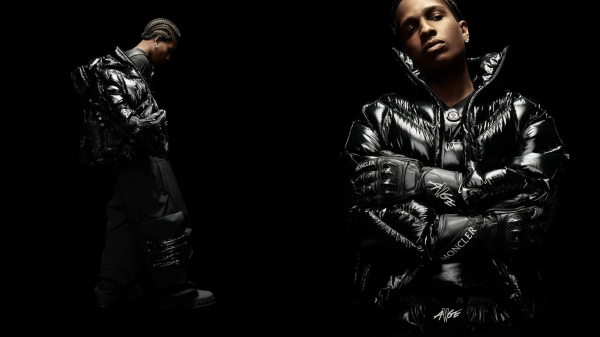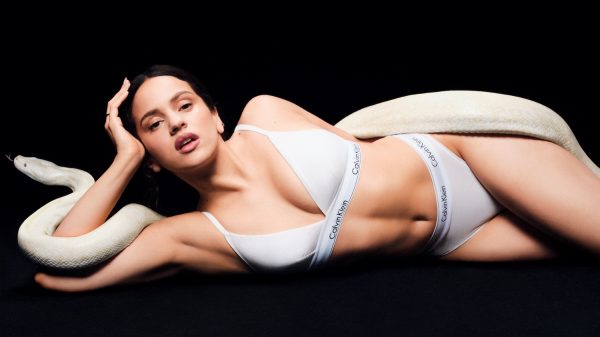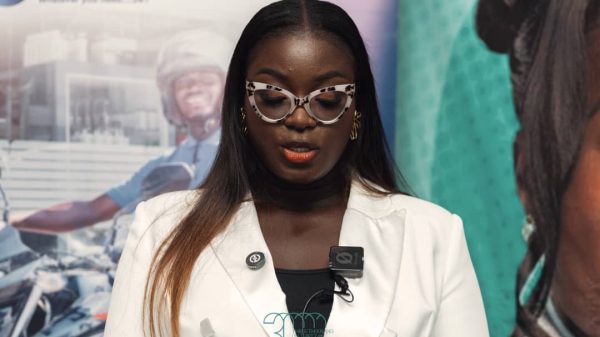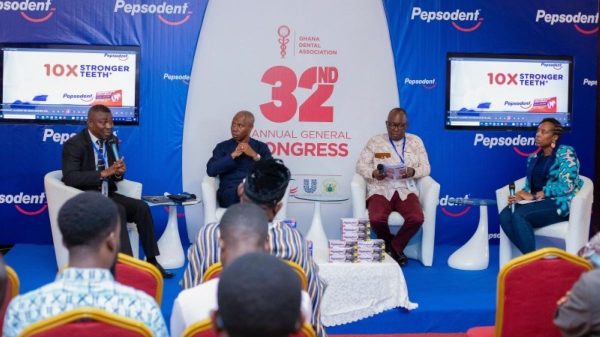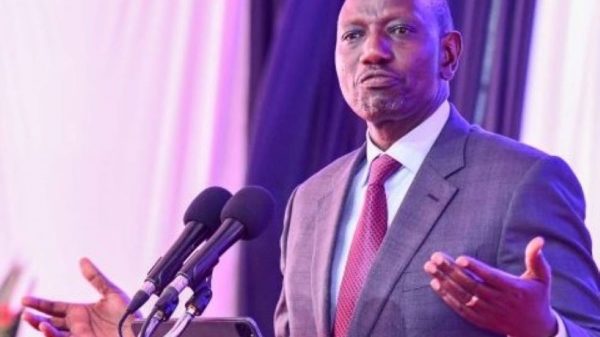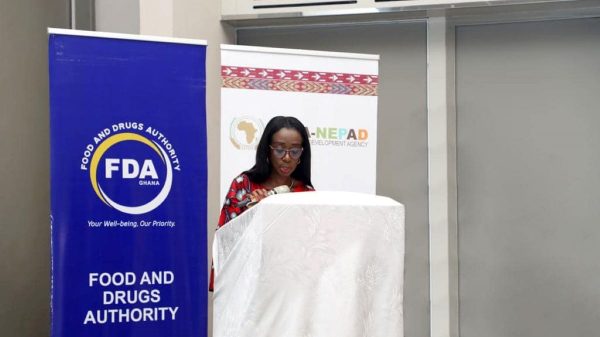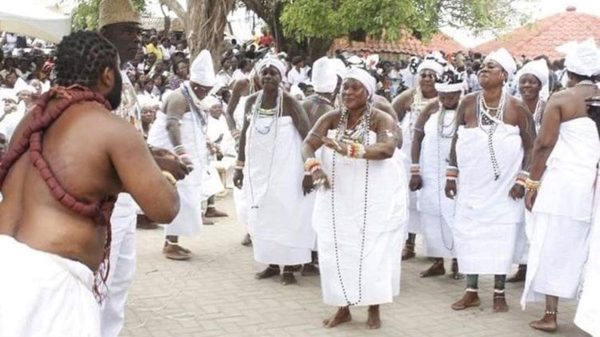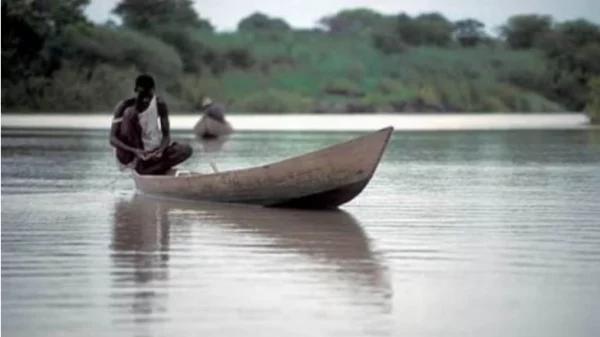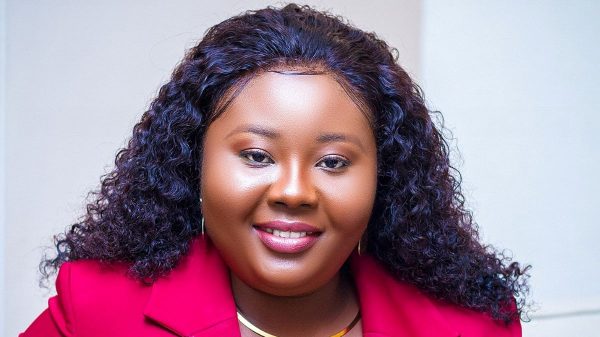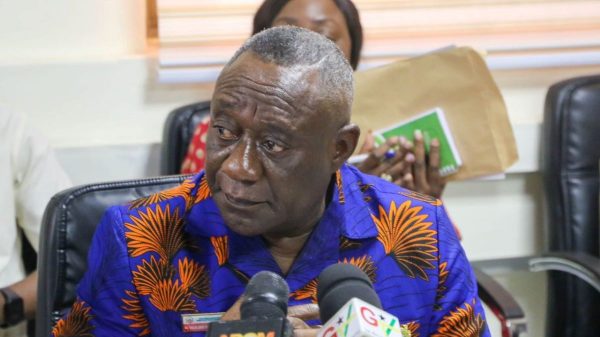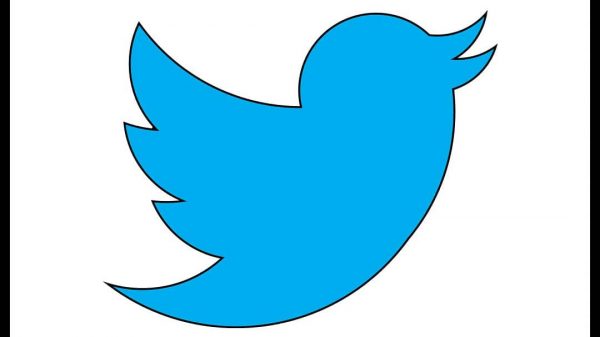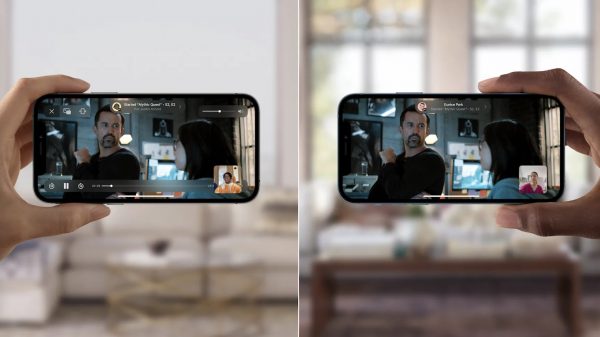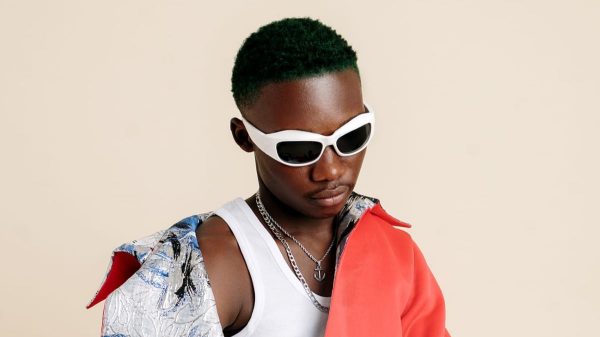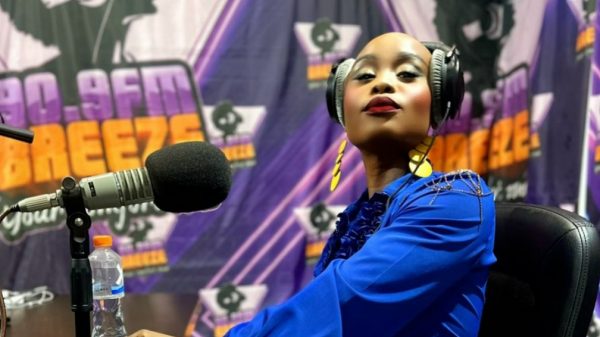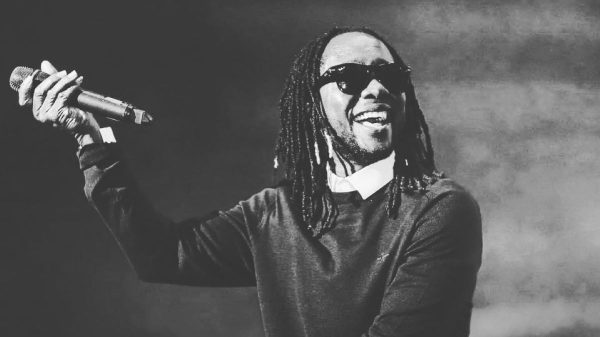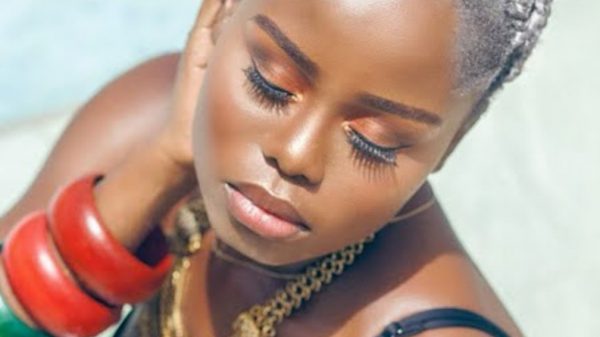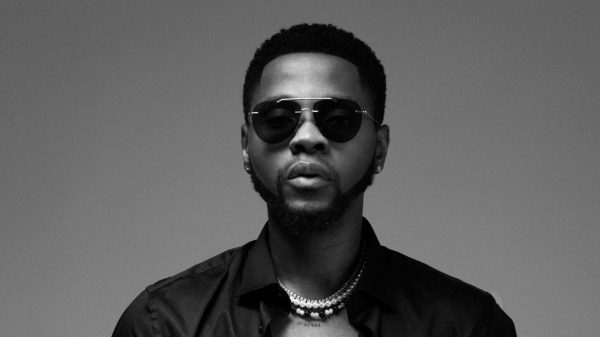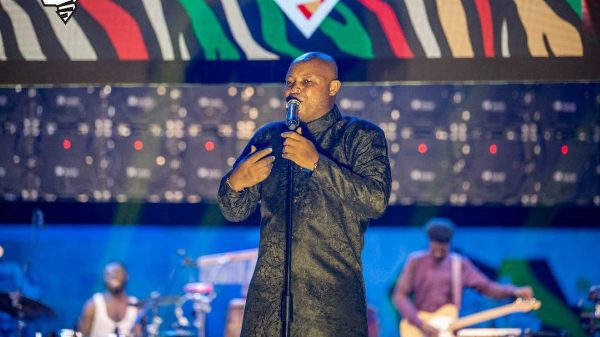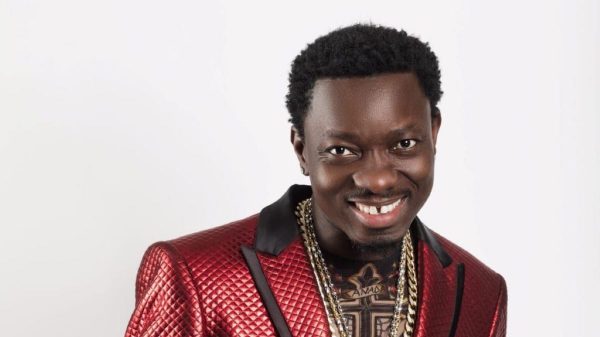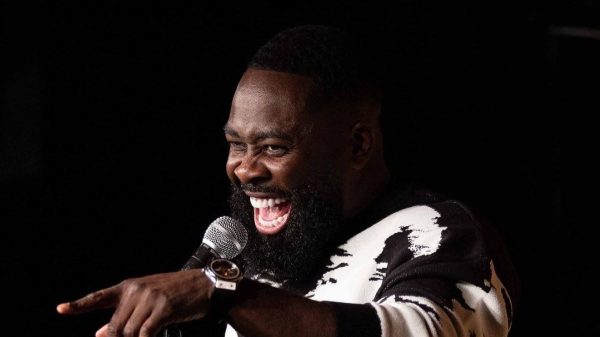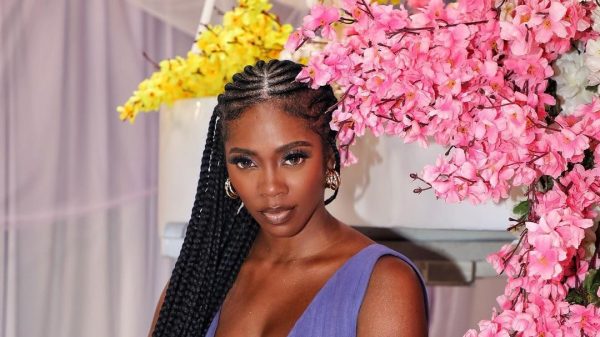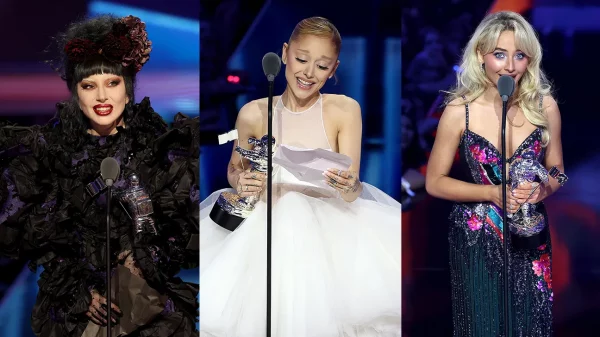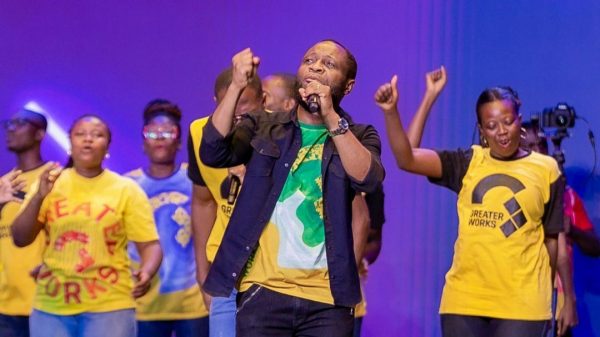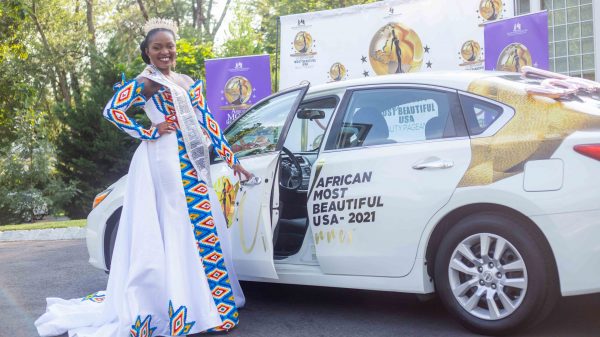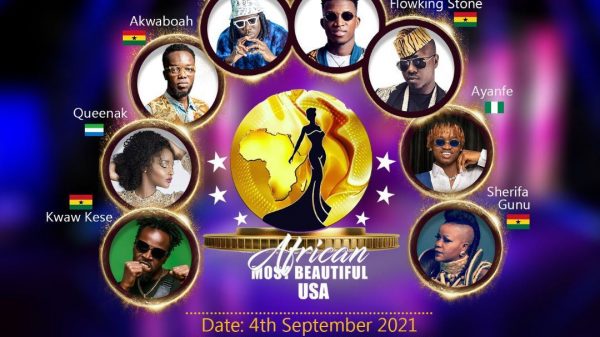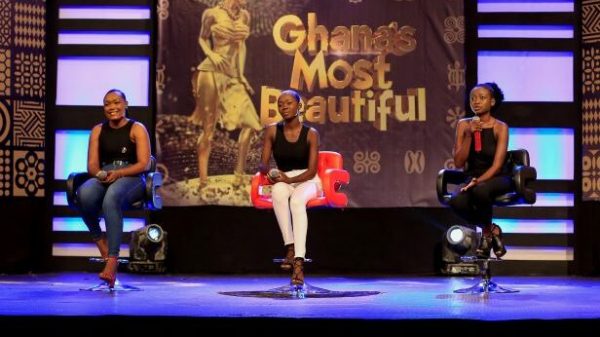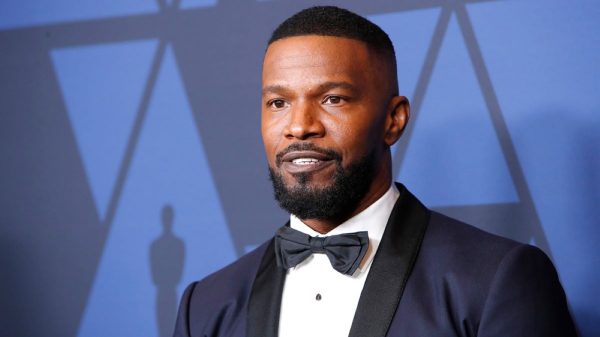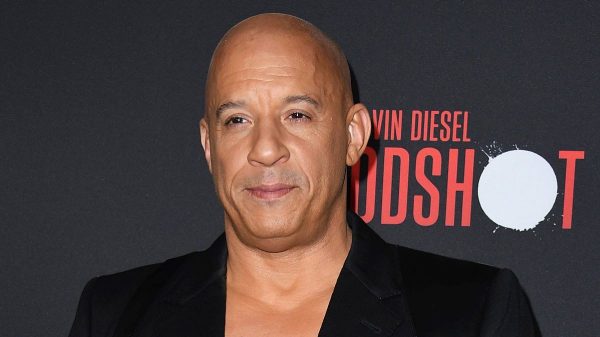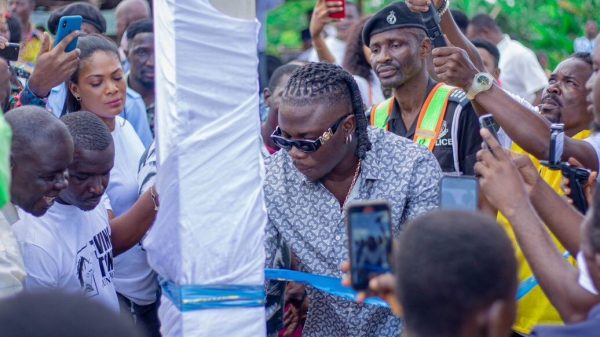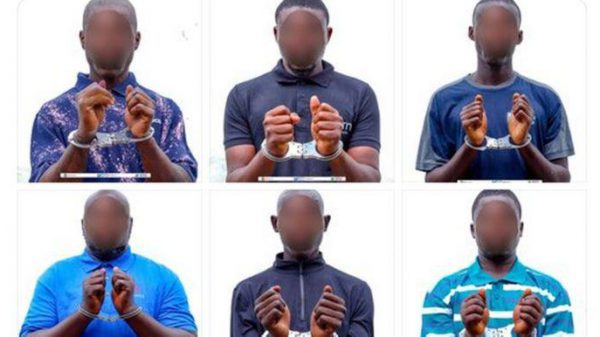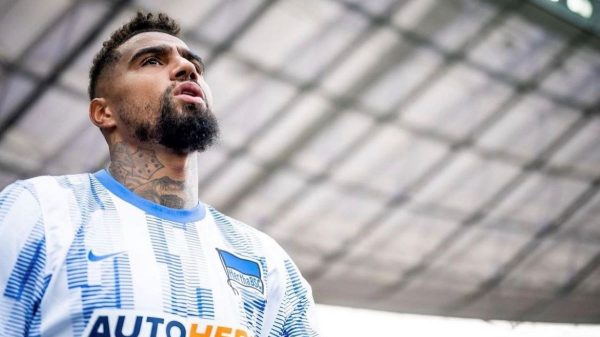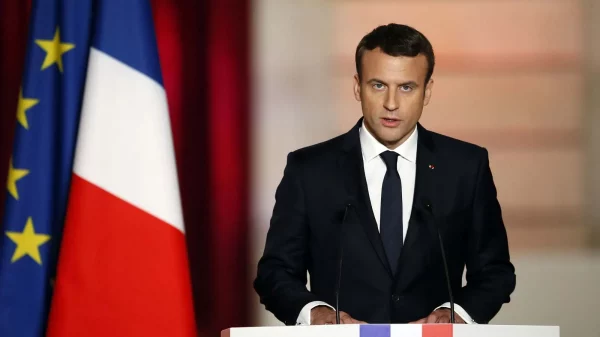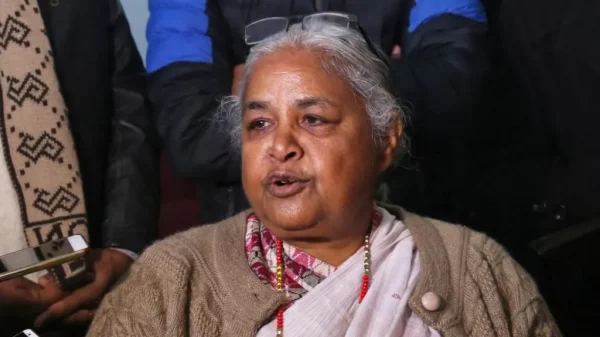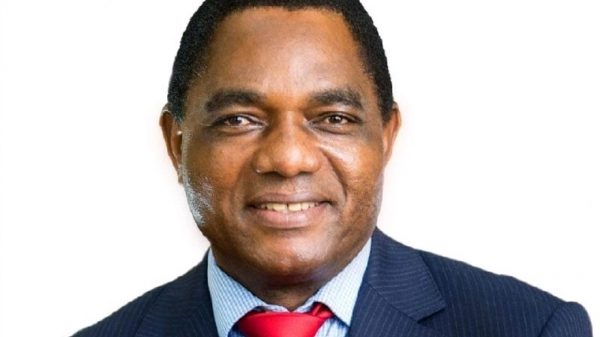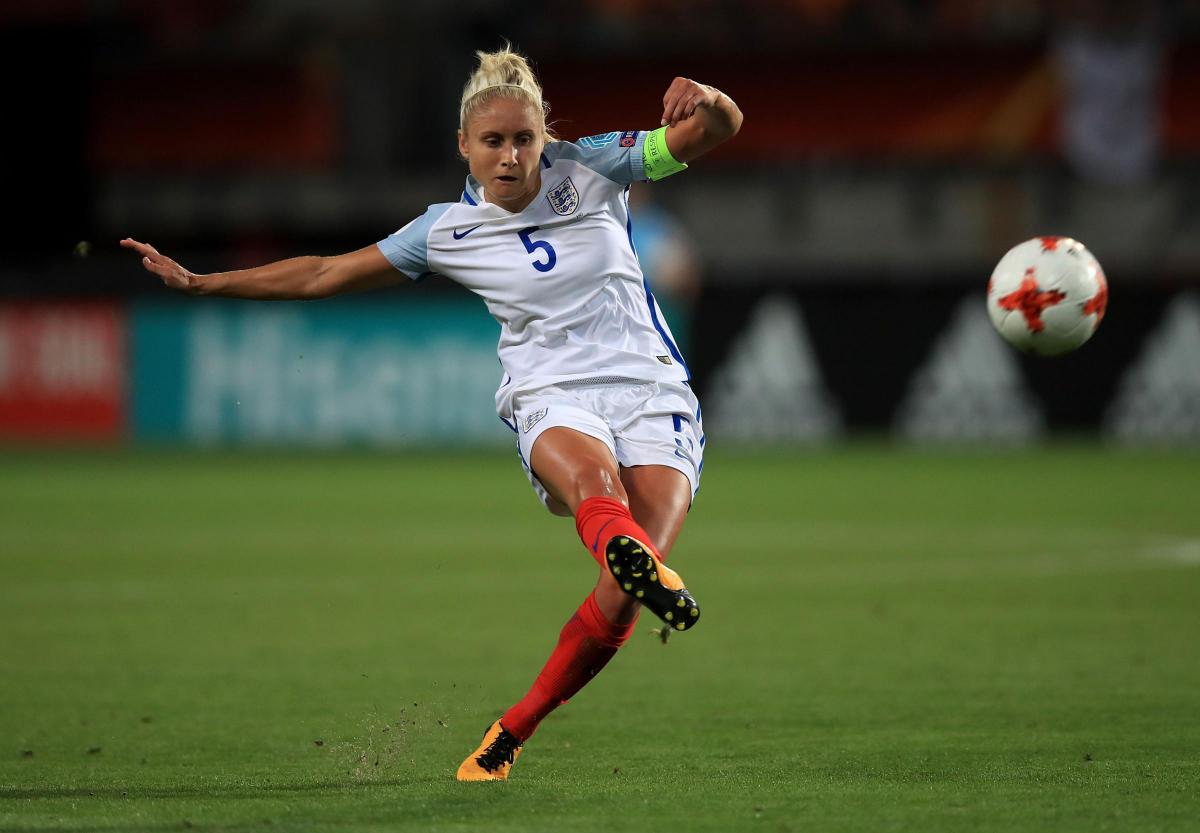In most countries of the world, women’s pay for football either at the club or national level, significantly lags behind their male counterparts’. It makes you wonder if the women’s game is less than the regulation 90 minutes. But there was a major development towards closing the shameful remuneration gender gap in football about the same time that José Mourinho returned to Premier League management. Blink and you would have missed it as it was scarcely in the headlines of the sports pages.
The Matildas, the female football team of Australia are to earn the same as the men’s soccer team. Commercial revenues will also be equally shared, with the same attention being given to training and operational support for the women. A landmark worthy of celebrating because it allows for optimism that football’s gender pay gap can begin to be closed. Football Federation Australia agreed with the players’ union, Professional Footballers Australia on this deal, the Collective Bargaining Agreement (CBA).
Australia joins Norway as a country actively trying to reduce the gender pay gap in football. Worthy of mention is that despite the positive stride forward, Norway has yet to achieve full gender pay parity because their CBA does not include performance bonuses tied to qualifying for the FIFA World Cup and UEFA European Championship. But it’s a start. Norwegian footballers are on equal pay regardless of gender.
Nigeria’s female football team, the Super Falcons are the only African team to have played at all eight Women’s World Cup finals and are Africa’s most successful national side with nine titles. Yet their male counterparts, the Super Eagles are among the continent’s highest-paid teams. Currently, the Super Falcons are paid US$3,000 for a win and $1,500 for a draw at major tournaments. The Super Eagles receives $10,000 and $5,000 respectively.
Football’s gender pay disparity was put into starker focus following the success of the Women’s World Cup held in June in France. Previous arguments about whether female sports attract the same kind of followership gradually hold less weight – 11.7million tuned in to watch England’s Women’s World Cup semi-final making it the UK’s most-watched TV programme of the year.
Let us look at the pay figures for the last Women’s World Cup. Teams receive $750,000 for taking part in the group stages, the portion of prize money increasing with their progress within the competition. As well as prize money, each team received slightly over $800,000 for preparation costs and club compensation. Last year, the figure for each of the men’s teams was $1.5m. The eventual winners, the US team received $4m in prize money, double the 2015 award. A combined $30m goes to the teams in the Women’s World Cup as FIFA prize money.
Contrast that to the 2018’s Men’s World Cup, where the total prize money awarded was $400m. At more than ten times that of their female counterparts, it is difficult not to gasp at the disparity. From reports of each team’s CBA, World Cup bonuses of about $90,000 each would have been earned so far by the female team members; that would have been $550,000 if they were men. This is even though, between 2016 and 2018, their matches generated more in revenue than the men’s at $50.8 million and $49.9 million respectively. Their 2019 team jersey also broke Nike’s records for the most jerseys sold in one season.
For the US women’s team (USWNT), this has led to their filing of a lawsuit against the US Soccer Federation for unequal pay and gender discrimination. The lawsuit claims that “if the men’s and women’s teams won each of the 20 non-tournament games they are contractually required to play, women’s team players would be paid roughly 38% of what the men would be paid.”
Without doubt, there is a lot of improvement needed to close the gender gap in football and even sports. The first female Ballon d’Or winner, Norway’s Ada Hederberg, Nigeria’s Desire Oparanozie and America’s Megan Rapinoe have all lent their voices in the fight against institutional favouritism in football – access to the same grass pitches for training, accommodation and transport arrangements corresponding to the men’s. Beyond pay, women’s football needs better conditions. In line with the UN’s Sustainable Development Goal #5 to achieve gender equality and empower all women and girls, there is belief that these recent activities will go a long way towards its realisation.
By Lande Abudu (Ms. Football)

